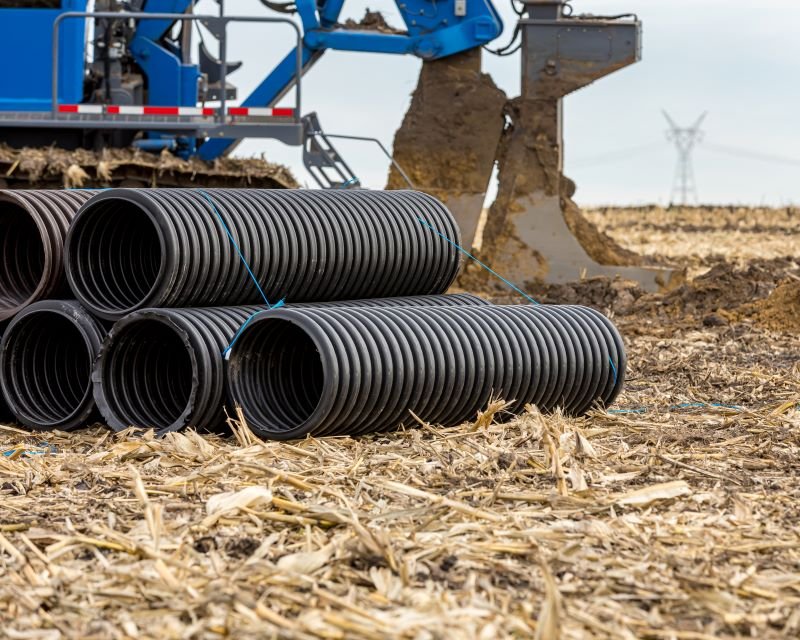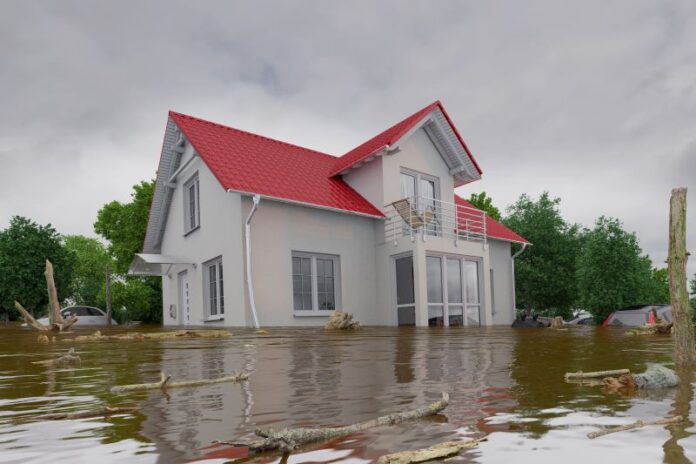Floods can cause extensive damage to properties. Water damage can affect furniture and appliances and the integrity of a home’s structure. Aside from this, the cleanup and repairs needed in the aftermath could be costly as well.
It can also endanger the home occupants, as exposure to flood water ridden with impurities bacteria can cause diseases. Given these reasons, many homeowners choose to invest in flood-proofing their homes.
If you live in a flood-prone area, it may be practical and cost-effective to employ long-term solutions to protect your property. Here are some suggestions you can consider:
1. Install A Land Drain
Land drains, also known as perforated drain pipes, redirect floodwater away from a property. It can also drain standing water in lawns or gardens.
Installing a land drain is ideal for homes in flood-prone areas because they’re one of the most cost-effective permanent solutions available on the market nowadays.
They’re also easy to install as a DIY project for homeowners. You can use various resources to learn more about land drain installation instructions, or you can also consult with a professional installer in your area.
2. Use One-Way Valves For Pipes
A one-way valve is helpful during floods because it prevents wastewater from toilets and sinks from returning to the pipes. After a storm or heavy rain, the abundance of water may cause the sewage system to back up. The excess water may end up flowing back to your plumbing system if there’s no blocking system in place. As a solution, the valve automatically blocks incoming water flow, which will prevent water leakage into your home.
You can install a shut-off valve on your own, though you can also consider hiring a professional, especially if your home requires multiple installations.
3. Install A Sump Pump
A sump pump is a device used to remove excess water that may accumulate on the lower parts of your home after a downpour. This device is installed in a pit dug in the basement or crawlspace of a home. When submerged in floodwater, the sump pump is automatically activated to pump water out on your property and drain it into the sewage system in your area. It prevents floodwater from entering your home.
Aside from this, there are other benefits to investing in a quality sump pump. For instance, having a sump pump helps you protect the basement and the household items it contains against water damage caused by flooding. Also, it can help reduce mildew or mold growth that could weaken a home’s structure.
Lastly, it can help keep the home’s foundation intact because it minimizes the risk of water damage.
A sump pump can last up to 10 years on average, though regular testing and cleaning are required. It’s because debris can accumulate in the pump, which can cause blockage without proper upkeep.

4. Flood-Proof Your Doors And Windows
The doors and windows in your home are prone to leakage and damage when flooding occurs. You can consider using flood-resistant doors and windows with sealed frames as a permanent solution. These items are designed to withstand water impact and pressure, reducing the risk of breakage in extreme weather.
Aside from this, they’re also built to resist impact from floodwater debris.
There are also demountable barriers available in the market designed to serve as temporary protection for doors and windows against floods. It may be a good alternative if you want a more flexible and affordable flood-proofing solution.
5. Prepare Flood Bags
Sandbags were used to redirect flood water and protect properties from water damage in the past. However, using sandbags as flood protection posed some challenges, mainly because of the heavyweight and the bulkiness of each bag which requires a workforce to arrange.
Nowadays, several flood bag alternatives are available that are easier and more convenient to use and store.
For instance, self-inflating flood bags use absorbent material instead of sand. These bags expand within minutes after being immersed in water. To use them, you can strategically position the flood bags while they’re dry and light. You can place them around your home’s entrances and windows to prevent floodwater from coming in. Then, you can activate the absorbent material by soaking the bags with water using a water hose. After which, the bags will fully expand to perform their function.
Conclusion
Investing in flood protection is essential for those dwelling in low-lying areas frequently affected by extreme weather. Aside from protecting your property, these solutions can also save lives and prevent hazards brought about by heavy flooding.
As such, it’s essential always to be ready and have the proper protection in place when and where it’s needed.











